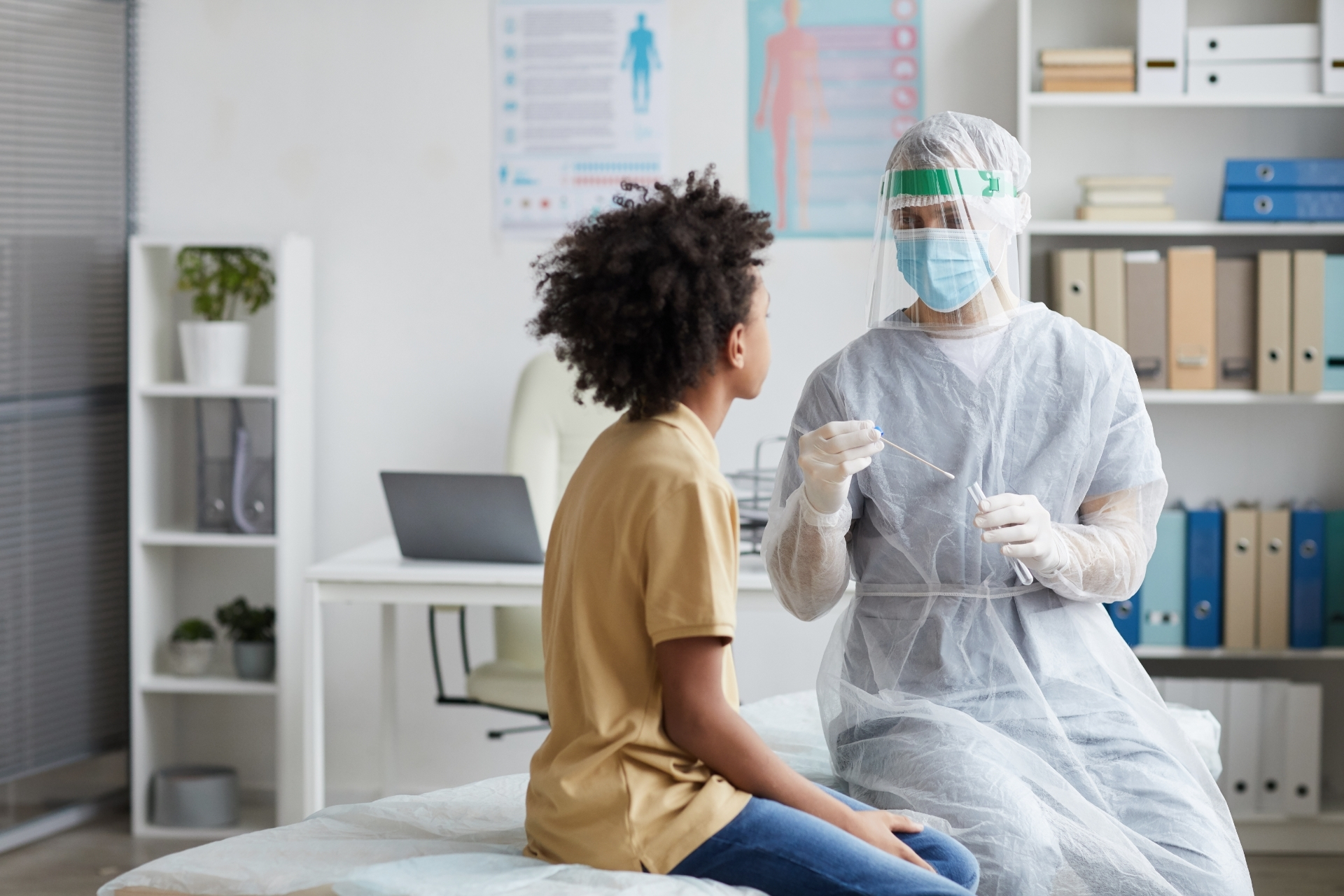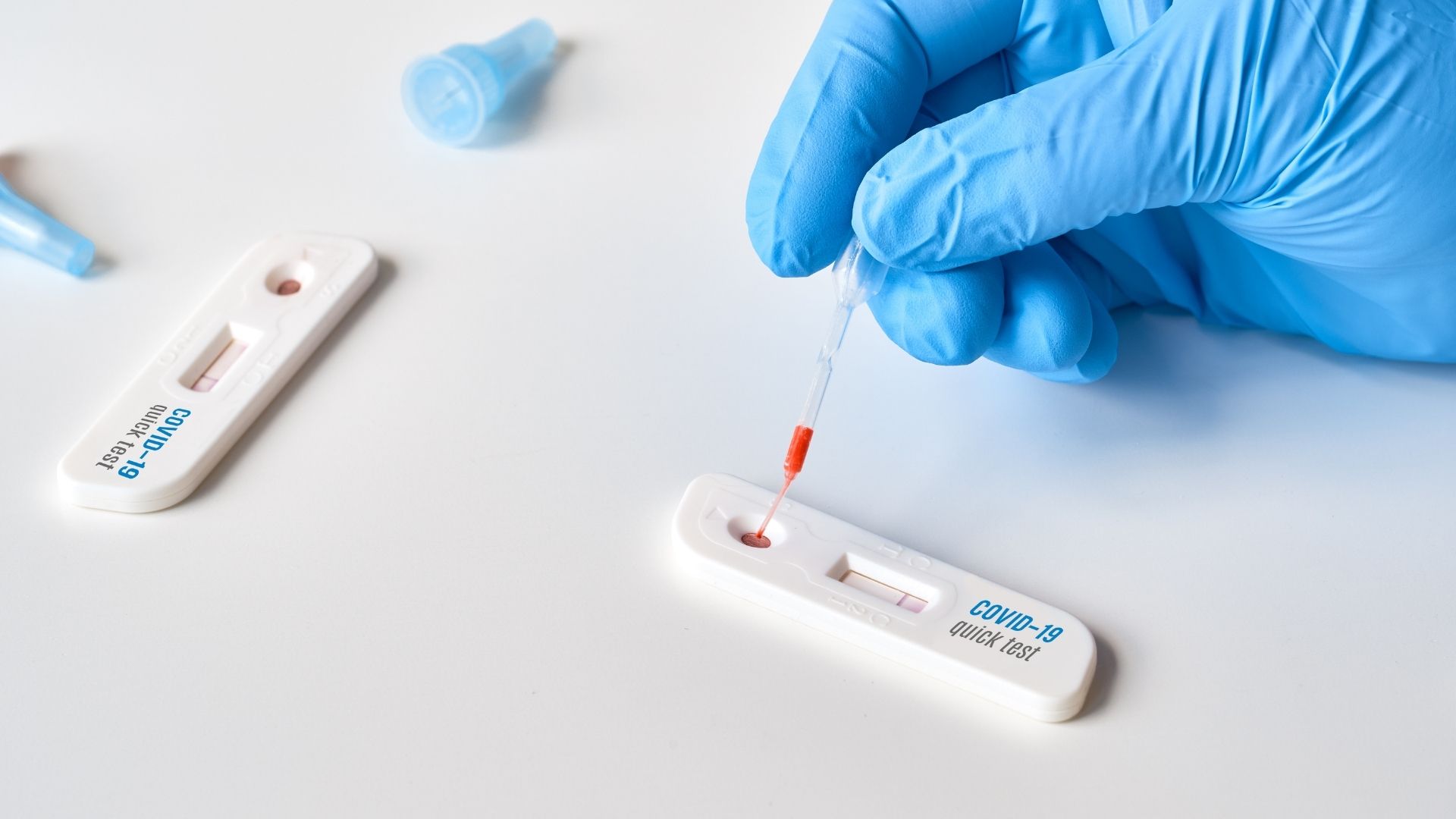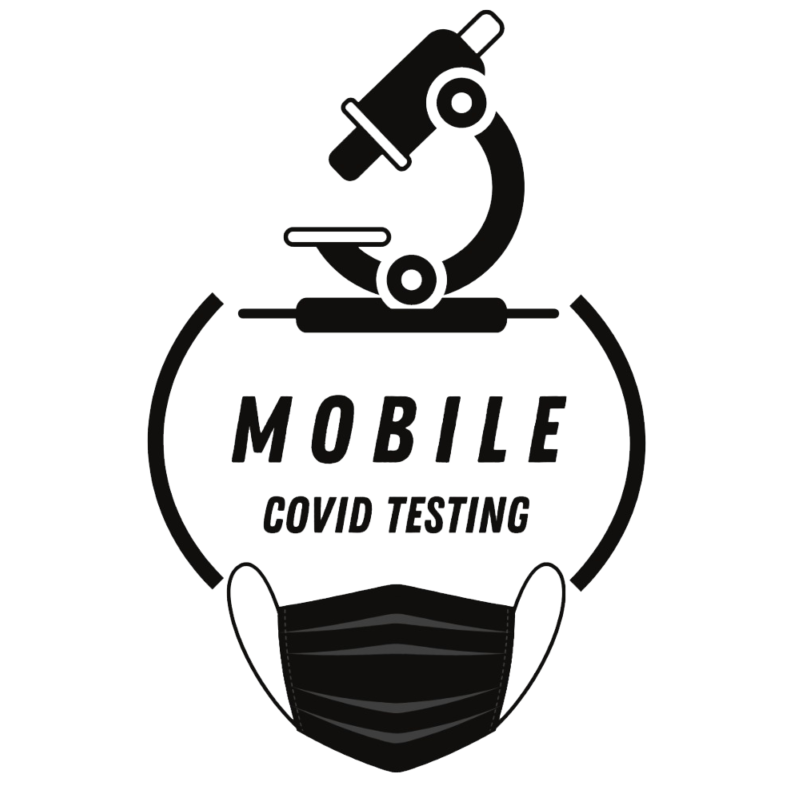Since COVID-19 began, it has operated in various waves, or surges, of new cases that are followed by periods of decline and lulls. Since April 14, 2020, the CDC has recorded over 89,329,839 total cases. However, these cases developed over time and operated in periods of COVID surges.
So, what are COVID surges? What causes a COVID surge? What can be done about them? Let’s take a closer look.
What is a COVID Surge?
COVID surges have been referred to in several ways. You may have heard them referred to as waves or clusters. The terminology may differ, but the meaning remains the same. A COVID surge is a sudden spike in COVID-19 cases that happen at predictable intervals throughout the year and in specific regions seasonally. This might sound familiar, and it’s because the annual flu operates in the same pattern.
Overall, the CDC and the WHO have adopted the term to better help those affected by COVID understand when a new surge will resurface. They use various amounts of data to predict these surges and have been doing so since the pandemic began.
So, what causes a COVID surge?

What Causes a COVID Surge?
As the pandemic has continued, researchers have been able to determine what causes a surge in COVID-19 cases and when they can expect a rise and fall in reported cases, even in particular locations. According to John Hopkins Medicine, these factors include “the effectiveness of vaccines over time, human behavior, infection prevention policies, changes to the coronavirus itself, and the number of people who are vulnerable because they have not developed some immunity, whether from natural infection or through vaccination.”
What does this mean? Let’s take a look at some periodical examples that have occurred throughout the history of the pandemic.
In the winter months of 2020-21, a large spike of COVID-19 cases was reported. This spike occurred due to the holiday season and the number of people traveling and gathering together for the holidays. According to the variables that cause COVID surges, this would fall under a couple of different categories, such as human behavior and the number of vulnerable people without immunity. This surge was under control after the arrival of FDA-authorized vaccines in December of 2020, bringing cases down through the following spring.
There are a number of things people can do to keep COVID surges from occurring, such as getting vaccinated, practicing physical distancing, and hand-washing and mask-wearing.
Cases tend to rise in areas where the following variables are true:
- A small number of people are vaccinated, meaning a large number of people are at risk of infection.
- A small number of people wear masks.
- A large number of people gather indoors for social gatherings and celebrations without physical distancing.

How Are the CDC Tracking COVID Surges?
The CDC has developed a number of tools to track COVID surges outside of identifying the variables that cause them. The CDC has developed a COVID-19 transmission map that allows anyone to track surges and stay informed. Through this online tool, anyone can check the case trends nationally as well as locally.
Furthermore, the CDC has made a spreadsheet tool for healthcare providers. This tool is used to estimate the expected number of incoming hospitalizations they can expect during a given COVID surge. This is an extremely beneficial tool as it allows healthcare providers to plan accordingly for the next surge, prevent long wait times, prevent supply shortages, and many other factors that could affect the care of patients during a surge.
What Else Can I Do to Stay Safe During a COVID Surge?
You can do many things to stay safe during a COVID surge, but it’s important to remember that a COVID surge is not preventable. There are only steps we can take to minimize the impacts of the surge. Public health experts continue to preach the importance and value of vaccination, good hygiene, and continuing to practice physical distancing. Here’s what we recommend:
- Test often. Mobile COVID Testing in LA continues to offer on-site testing services and LAX testing for when you need to travel.
- Get vaccinated for COVID-19. You can learn more about the vaccine’s safety and effectiveness here.
- Check the CDC’s COVID-19 transmission map and keep up to date with local authorities who can provide insight on COVID surges in your area.
- Continue to practice self-responsibility with common COVID-19 precautions.
Mobile COVID Testing is eager to help you stay safe and healthy. Book an appointment with us today.

